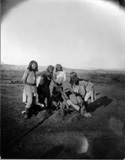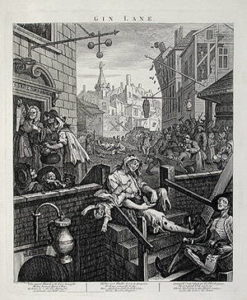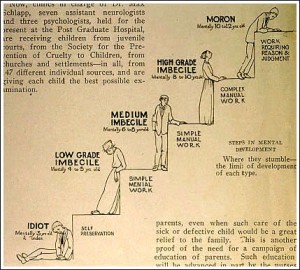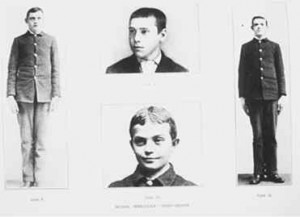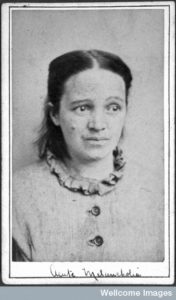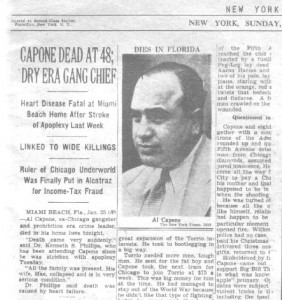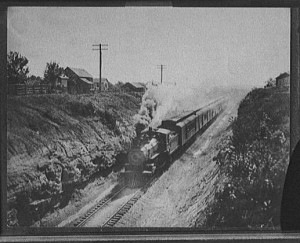Relationships between whites and Native Americans were not always antagonistic. Many settlers in the West had a healthy respect for Native Americans’ herbal knowledge (see 6/13/10 post) as well as their skills in hunting, tracking, riding, and shooting.
Americans had a fascination with these aspects of Native American culture, which were exploited in various “western” entertainments. Many times, however, groups of men simply indulged in games of skill or contests.
________________________________________________________

